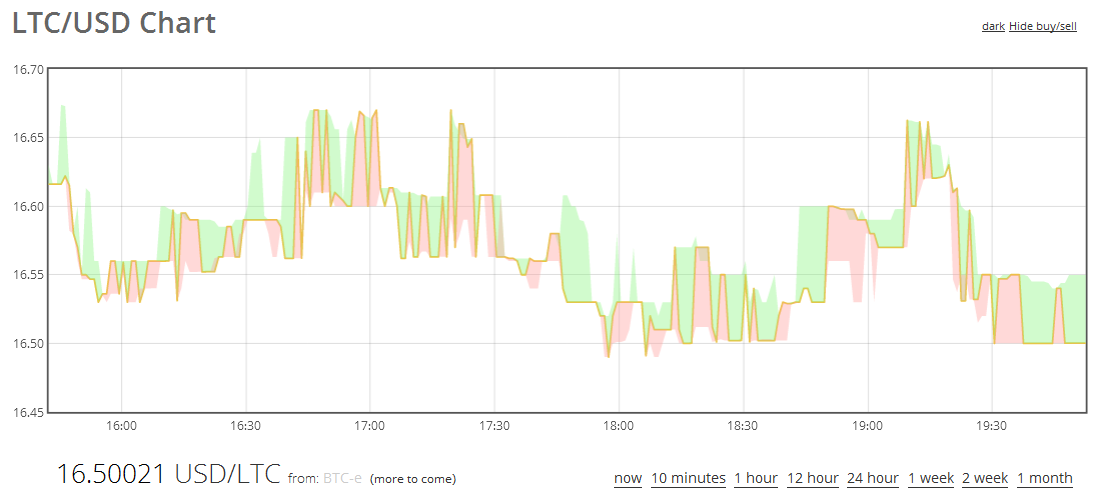I was very confused when I was introduced to signatures and macs because I thought they were just Hashes. I got to understand what it was and… it’s actually super simple.
Here’s a great explanation on the crypto stackexchange but here’s mine:
- I have a huuuge message that I want to transfer to a friend. I’m scared some of the words would change during transit. Solution? I just hash it and send the hash with the message.
hash = Hash(message). A hash is pretty small (for example a md5 hash is 32 characters) so it’s no trouble.
My friend then receives the message and the hash, he can Hash(message) it and see if it gives him the same hash. If it doesn’t then he knows that the message was changed and he can ask me for a new copy.
You can also call that an unkeyed hash, simply because it doesn’t use a key. You just apply the algorithm to the message, no other arguments are given to the hash function.
- Okay now, We had some problems because some bad guy has sent numerous bad messages to my friends pretending he was me. I still want to hash my message but I also want to tell my friend it was me who wrote it.
So, like a symmetric cipher, I generate a key that I share with my friend. And I hash my message with that key
Hash = HMAC(key, message). My friend can now hash it with the same key when he receives the message and see that we have the same hash.
We just used a (symmetric) keyed hash or a HMAC (Hash-based message authentication code). Note that we could have used a MAC based on a Cipher as well (CMAC).
- So me and my friend have been writing many messages to a community of coders. We want to sign each messages with our name, but that’s not enough, another bad guy is posting bad stuff signed with our names on different websites. So let’s use a Hash that people can verify, like an asymmetric cipher, we generate both a secret key and a public key, we hash the message with our secret key and we post the message, the hash and the public key.
Hash = Sign(secret_key, message). People can then verifiy that Hash with the public key. Voila ! We just used a Signature or how I like to call them a asymmetric keyed hash. It allows for integrity of data, thanks to the hash, authentification of the authors, thanks to the secret key (this is a MAC), non-repudiation thanks to the public key (and now we have a signature).
So if you got it right, Hash < Mac < Signature. They’re all useful and you should use the one relevant according to the context.
I’ll just copypasta the table on the stackoverflow answer, because it’s a real nice summary:
Cryptographic primitive | Hash | MAC | Digital
Security Goal | | | signature
------------------------+------+-----------+-------------
Integrity | Yes | Yes | Yes
Authentication | No | Yes | Yes
Non-repudiation | No | No | Yes
------------------------+------+-----------+-------------
Kind of keys | none | symmetric | asymmetric
| | keys | keys



